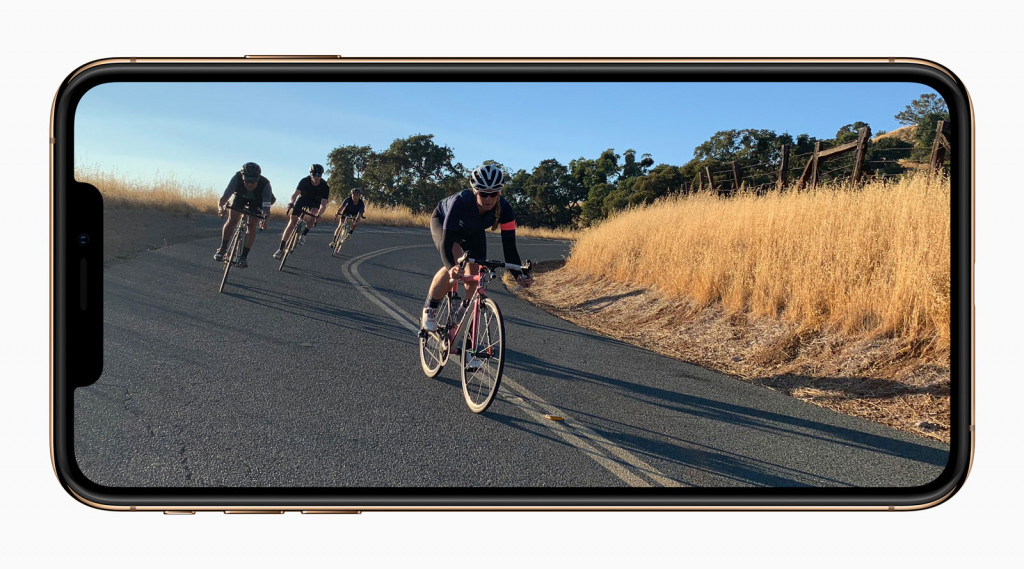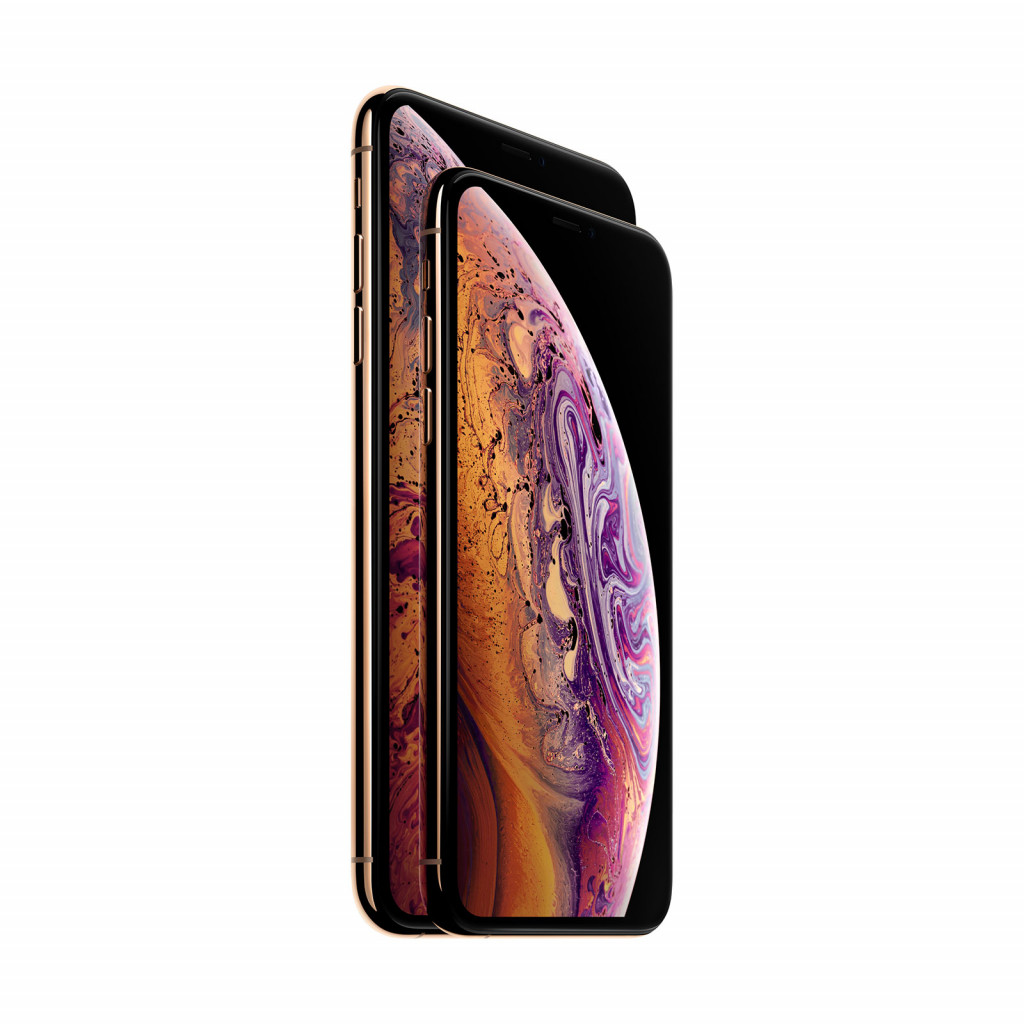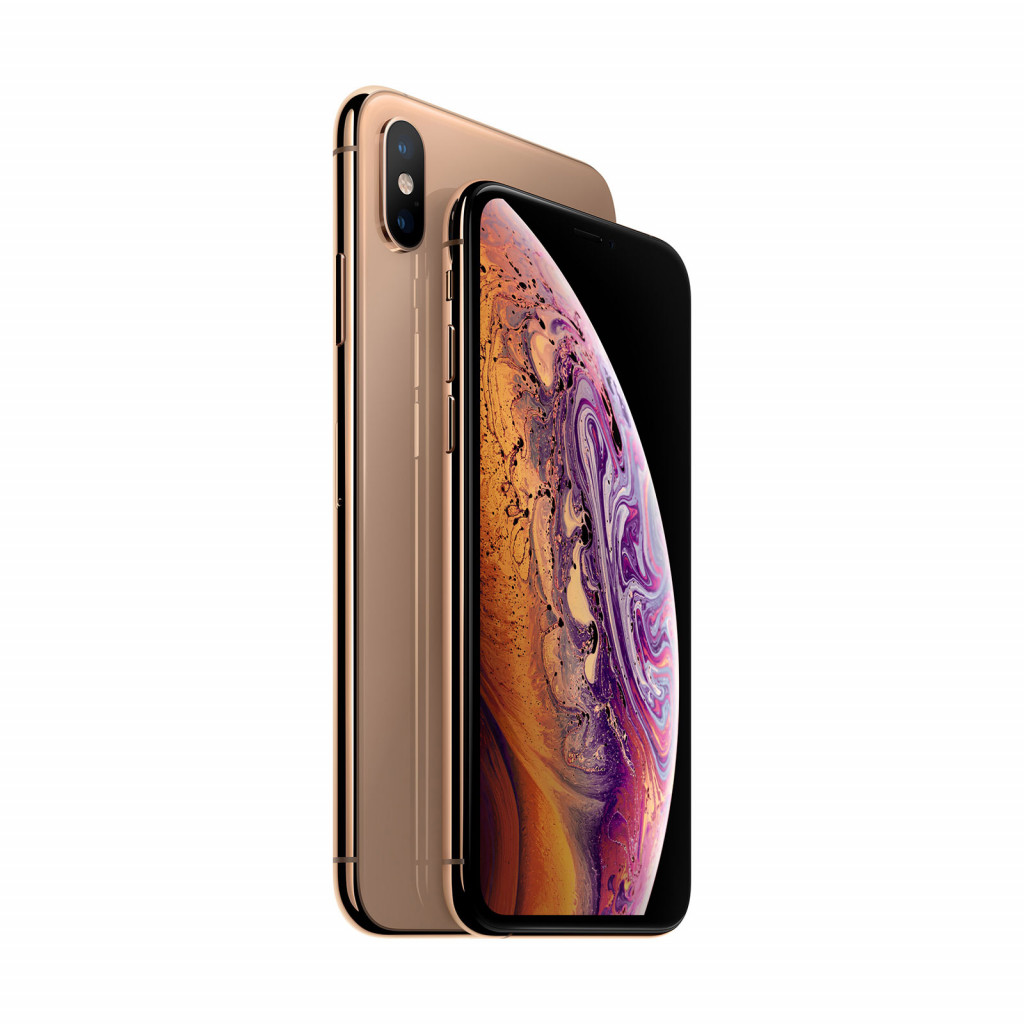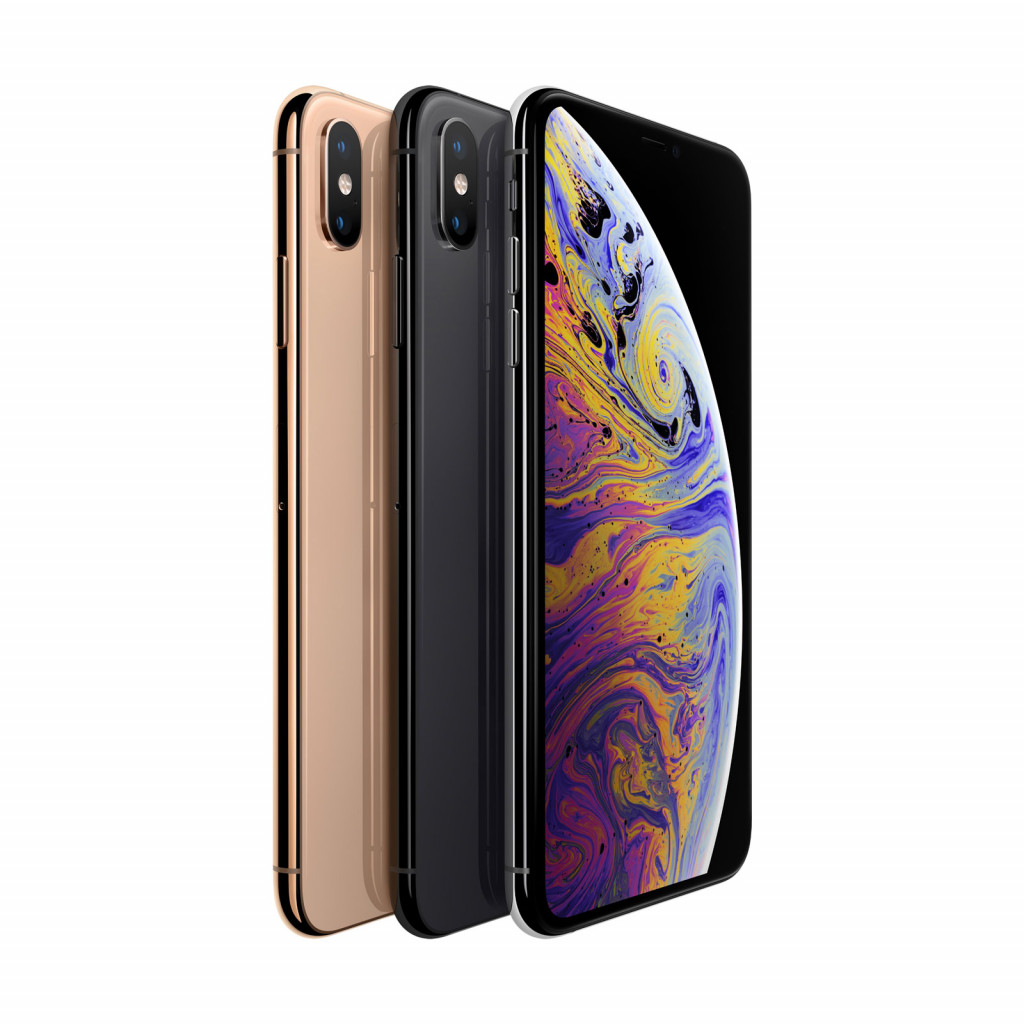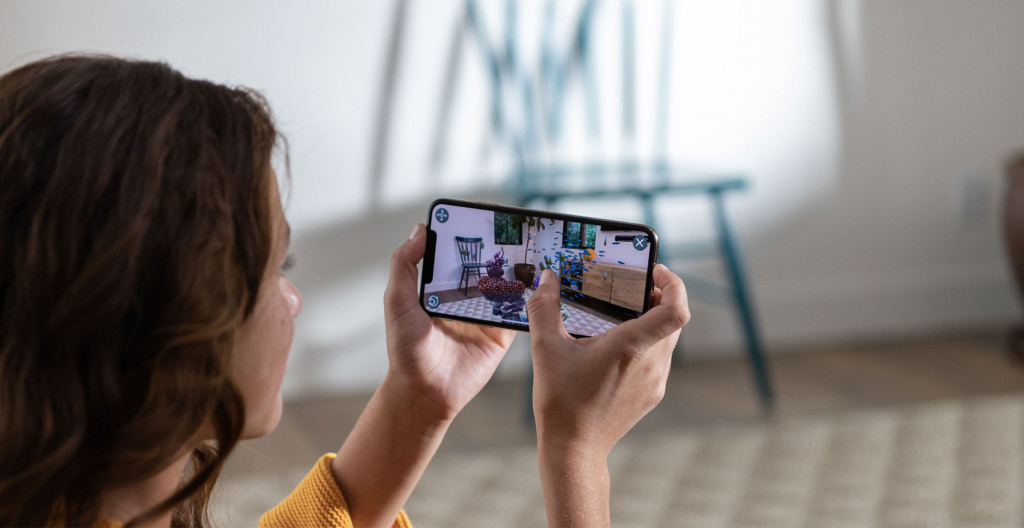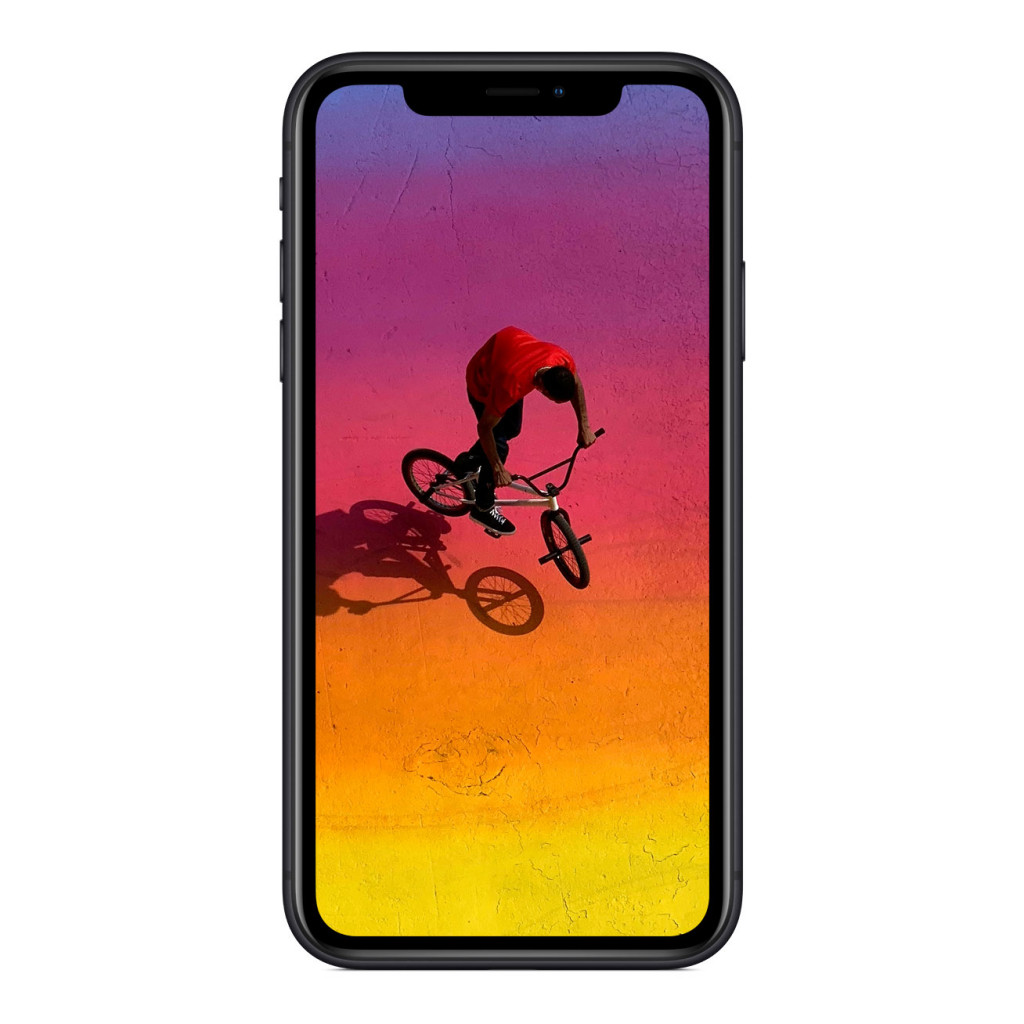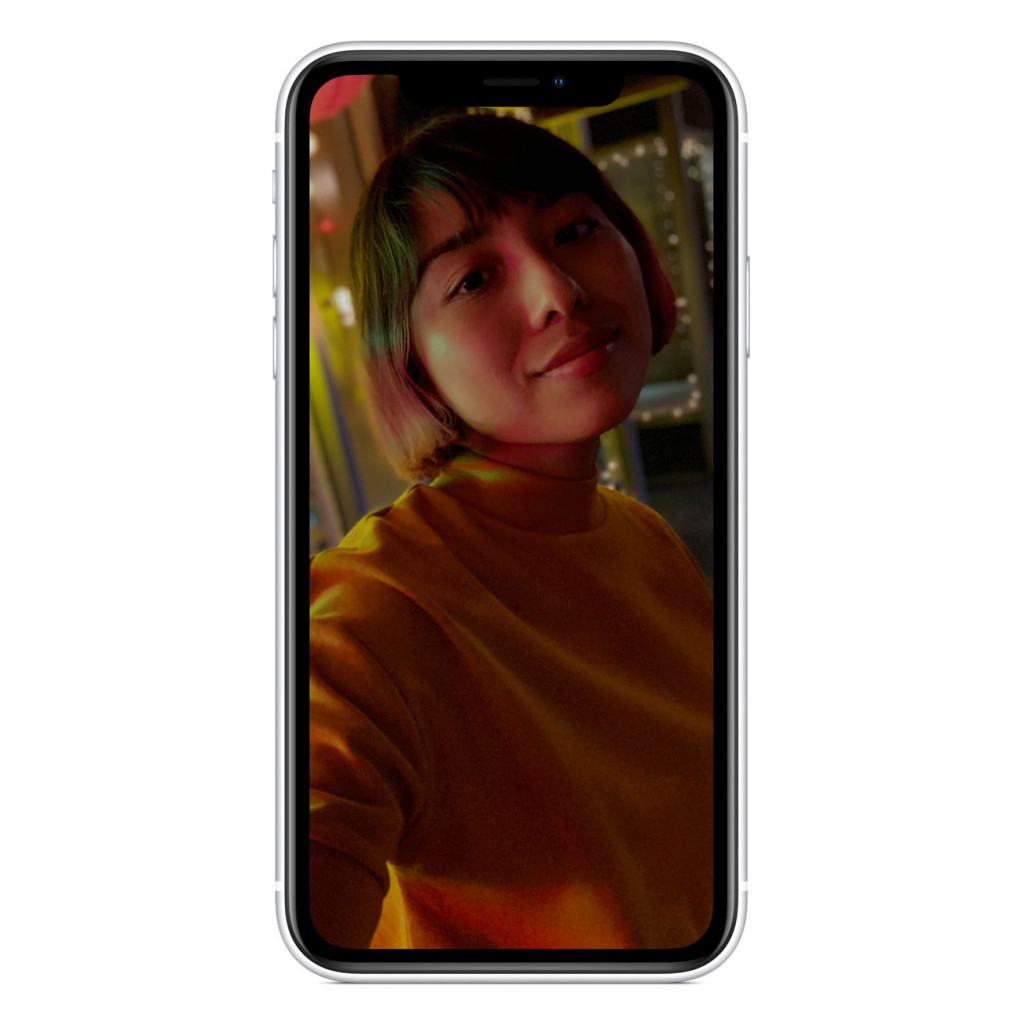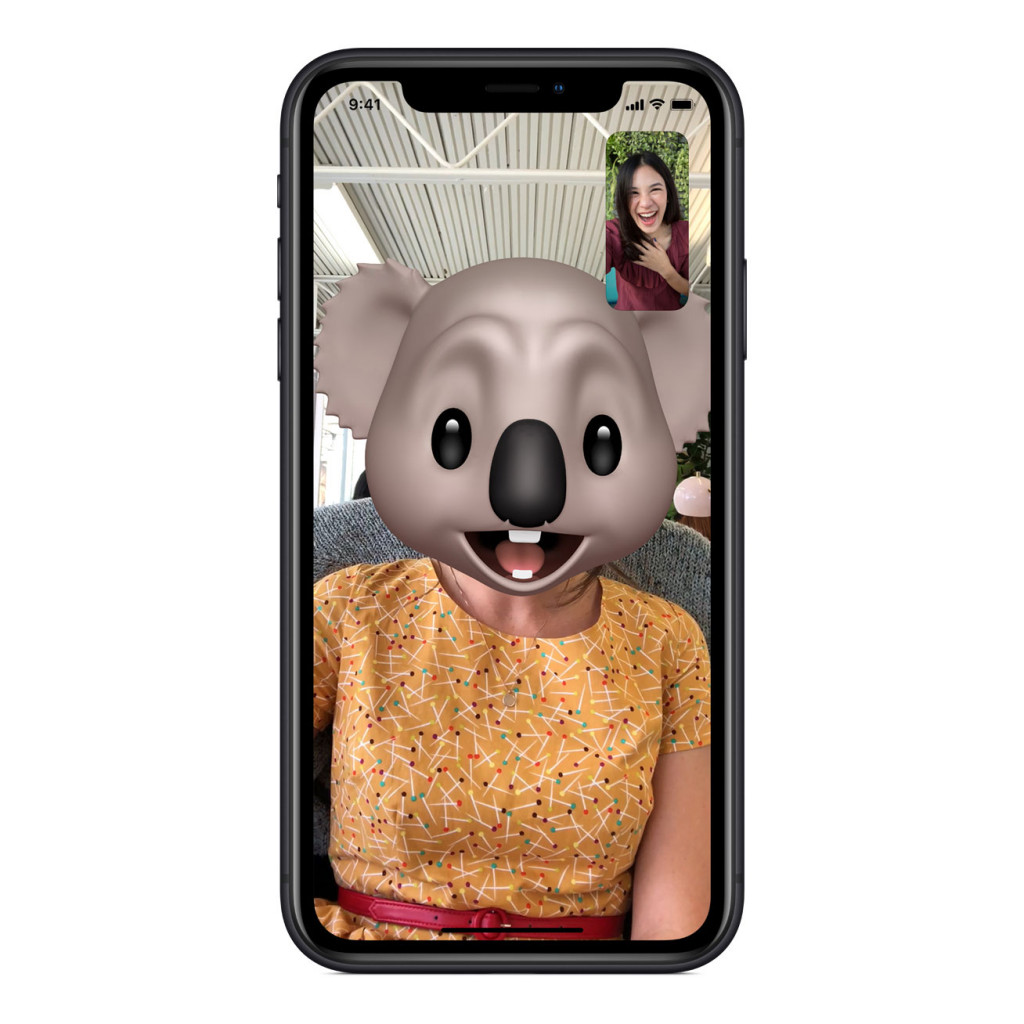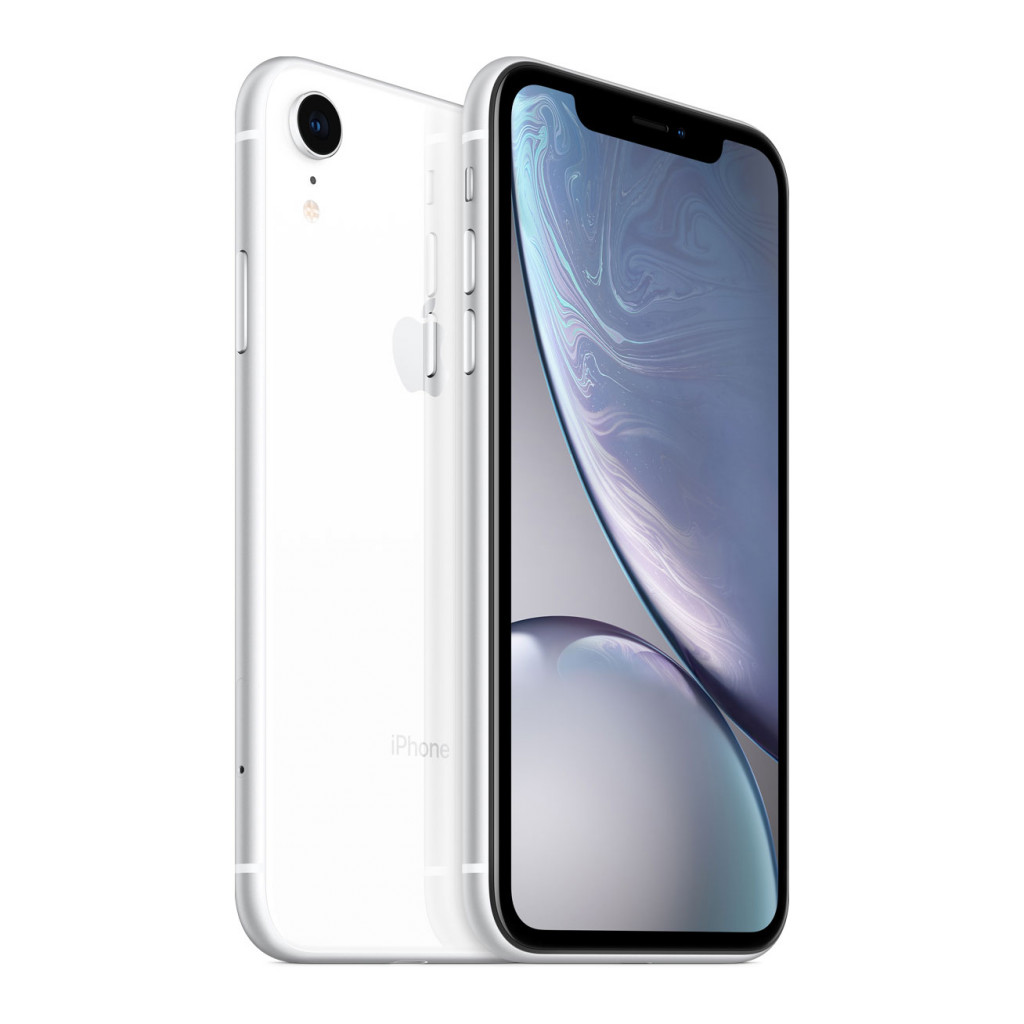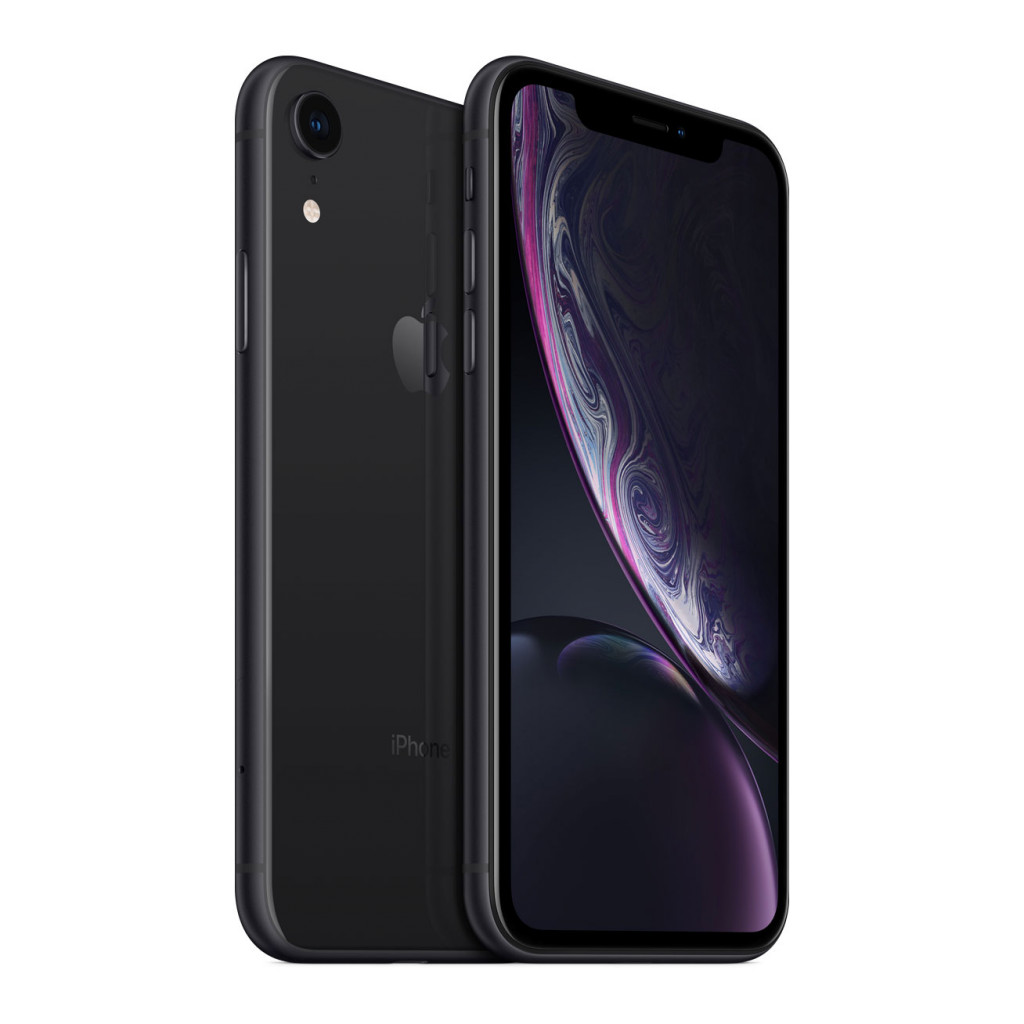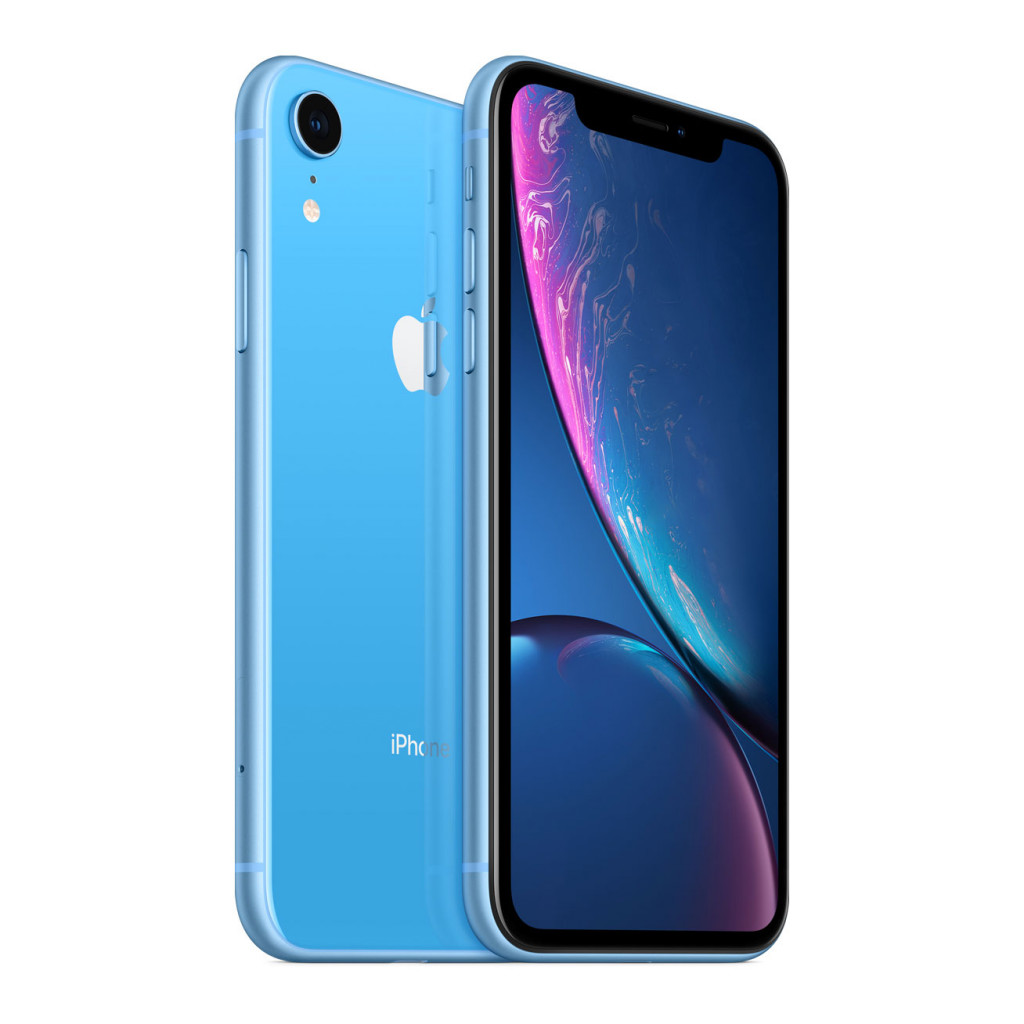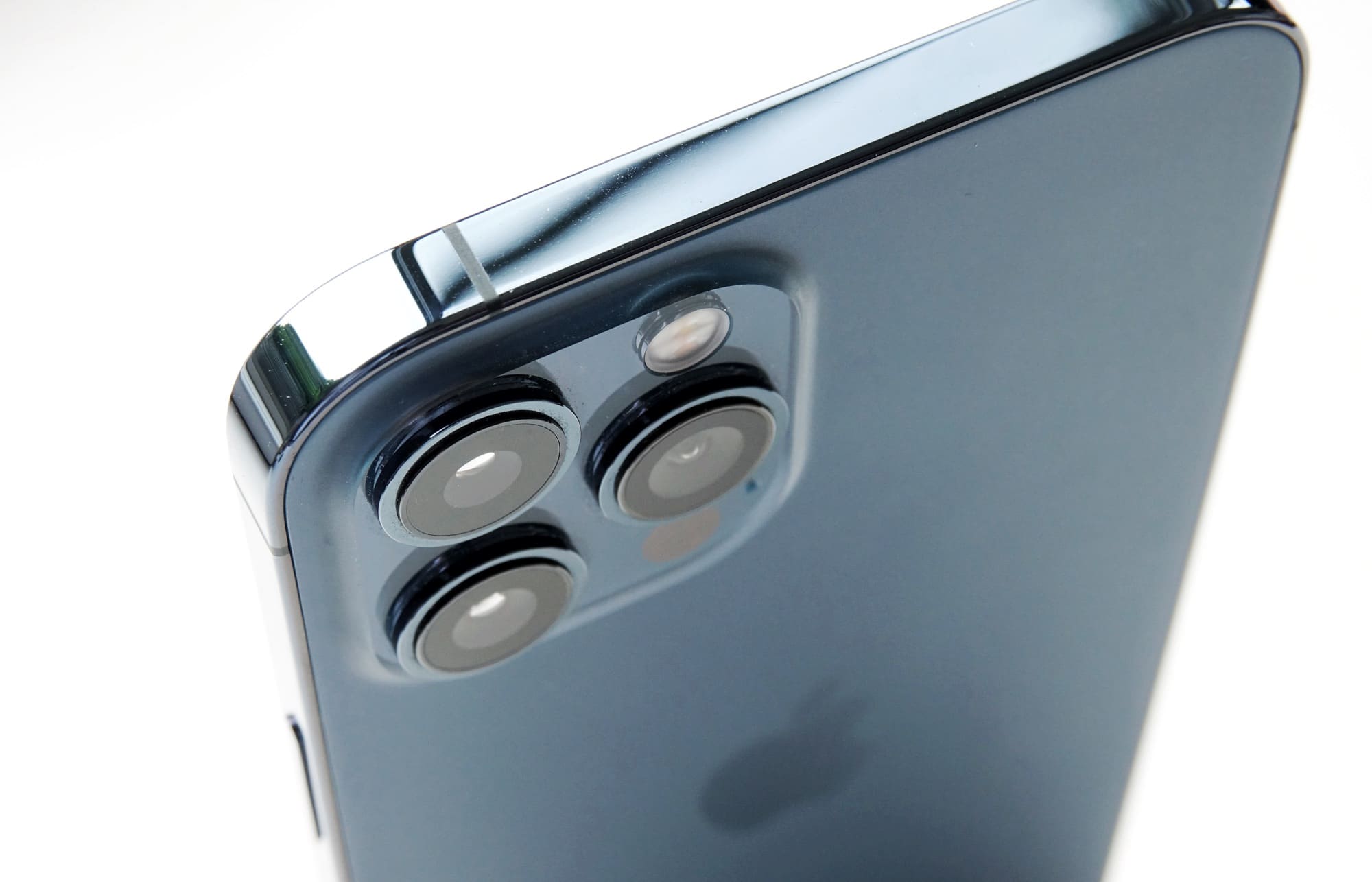First it ditched the symbol on the button, and now it ditches the button entirely. Apple is done with the button-based iPhone, and your new iPhone options in 2018 are all screen, whether you choose the iPhone XS, iPhone XS Max, or the budget-friendly iPhone XR.
You knew a new iPhone was coming, and here they are: all three of them.
Yes, just as rumours had suggested, like last year, there are now three new iPhone models, but this time, the focus is on two styles stretching across budget.
If you want a modern iPhone, you can spend below $1500 on one variant, while if you’re after the best of the best iPhone, it’s over that $1500 AUD mark for you.
That’s a choice between the 6.1 inch iPhone XR, and the 5.8 inch iPhone XS and 6.5 inch iPhone XS Max, respectively, and they do offer some interesting differences.
Whichever style you go for, the button is gone and the iPhone X treatment from last year has been applied to all, delivering an all-screen experience, with the face scanner used on every iPhone and no fingerprint button. That old way of logging in is now gone, replaced by the face scanner, which we’re told this year is even better.
Now everyone gets that all-screen experience, complete with the notch (the fabled notch), no matter what price point you hit on this year’s models.
The only question you have is which iPhone is right for you?
Above: $1500: Apple’s iPhone XS and iPhone XS Max
Easily the cream of the crop and the most expensive of the lot, Apple’s iPhone XS and XS Max fill the void left by the replacement of the iPhone X.
While it’s customary for the past iPhone generations to drop down to the budget tier, that’s not happening with the iPhone X. Rather, it’s getting replaced.
That replacement will arrive September 21 in the iPhone XS and iPhone XS Max, two phones that take what worked about the iPhone X, upgrade some bits, and offer it in two variations: a regular sized 5.8 inch model and a larger 6.5 inch phone.
On the more normal size, the 5.8 inch Apple iPhone XS delivers a phone that is very similar to its iPhone X sibling from last year.
It’s metal and glass, and sized to the same 5.8 inch display, both working with OLED technology, as well as two vertically placed 12 megapixel cameras, allowing you to get both wide and close the way the iPhone 8 Plus and iPhone X did up until this release.
The chip is new, however, with Apple upgrading last year’s A11 to the newer A12, and there’s more storage as well, shifting from a choice of either 64GB or 256GB, to one more choice: 64GB, 256GB, and 512GB.
No longer is Samsung’s Galaxy Note 9 the only 512GB phone in Australia, as it is joined by another couple of handsets.
There’s also more water resistance here — marginally more, rated for up to two metres for half an hour, compared to last year’s one metre for the same time — and the camera is seeing an update, too.
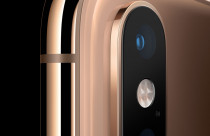
The other gimmicky bits are back, such as the cute little Animoji for the front-facing camera, while more useful technologies like Gigabit-class LTE means Apple’s iPhone XS and iPhone XS Max can hit gigabit speeds on supported Australian networks.
And all of this will come at a price starting from $1629. That over $1500 price tag will get you the 5.8 inch iPhone XS, and you can spend $1879 to get a 256GB model or $2199 to get the 512GB iPhone XS, but they’re not quite at the level of cost of Apple’s other iPhone model, the over $2K iPhone XS Max.
Above: $2000: Apple’s iPhone XS Max
Both of Apple’s iPhone XS models in 2018 are technically flagship, but the properly flagship iPhone for 2018 is easily the iPhone XS Max, a model that starts at a hair under $1800 and stretches all the way to $2369 locally.
It’s no wonder we’ll be calling the iPhone XS Max the $2000 iPhone, because at this price range, it kind of is.
And it’s also very similar to its iPhone XS siblings, sporting almost identical features.
About the only changes it delivers are a bigger screen, a bigger resolution (but identical pixel clarity), and a bigger battery, which Apple says should offer more battery life.
“iPhone Xs is not one, but two new iPhone models, and iPhone Xs Max offers the biggest display ever in an iPhone with the biggest battery ever in an iPhone, delivering up to an hour and a half more battery life in your day,” said Philip Schiller, Senior Vice President of Worldwide Marketing at Apple.
We’ll have to wait to give that a proper test, but there is one truly interesting play here with the screen size: it’s bigger than Samsung’s biggest.
While the Apple iPhone XS offers a similar screen size to the 5.8 inch Samsung Galaxy S9, the iPhone XS Max is bigger again. In fact, the 6.5 inch Apple iPhone XS Max is bigger than the 6.2 inch Galaxy S9+ and the 6.4 inch Galaxy Note 9, all while keeping the body thinner.
Aside for it being “an iPhone”, that could be enough to really separate Apple’s iPhone XS Max from the competition, which is not only similarly sized, but similarly spec’d, in a phone market that is becoming increasingly close in so many ways.
One other way that Apple’s iPhone XS Max goes beyond the competition is that of the price: the iPhone XS Max starts at $1799 for the 64GB model in Australia, and pushed the $2,000 price tag pretty quickly, with $2049 getting you 256GB and $2369 512GB.
Below $1500: Apple’s iPhone XR
Not everyone has over $2000 to spend on a phone, however.
In the price bracket that is likely to be seen as the most consumer friendly, there’s the iPhone XR, what would have last year been the iPhone 8, and is the closest to that single-lens camera model.
A little bit different, this is a phone that actually fills a different size to the more expensive iPhones, sitting in between the 5.8 inch and 6.5 inch iPhone XS models with the 6.1 inch iPhone XR.
And unsurprisingly, much of what’s found in the iPhone XR is the same, with the same Apple A12 six-core chip, the same operating system, almost the same cameras (no secondary telephoto camera), and the same Face ID security system.
What is different is the 4G speed (it’s not Gigabit), the storage choices (64GB/128GB/256GB, no 512GB), the water resistance (IP67 vs IP68), and the screen technology.
In fact, the screen technology appears to be one of the major differences, with OLED used for the premium iPhone XS models, while LCD will surface on the iPhone XR.
It’s not just a lower technology, but also a lower resolution, seeing the classic Retina density of 326ppi used on the iPhone 7 and iPhone 8 appear on the iPhone XR, sporting 326 pixels per inch at a resolution of 1792×828.
Not everyone will mind, we’re sure, but the best iPhone screens will be on the iPhone XS and XS Max models.
But iPhone XR owners will get something different: colour.
Specifically, they’ll get a choice of six colours, as Apple returns the look of the iPhone 5c to the feel of the iPhone X, netting iPhone XR customers a choice of black, white, blur, yellow, coral (orange), and red.
Pricing for iPhone XR is a little more economical than its iPhone XS cousin, with 64GB costing $1229, 128GB hitting a slightly more logical $1299, and 256GB sitting just before $1500 at $1479 outright.
When will the 2018 iPhones be released?
Whichever (if any) you’re excited about, you’ll find the iPhone XS and XS Max models in stores first, arriving in stores on Friday, September 21 just after a week-long pre-order stage beginning September 14.
Meanwhile, the iPhone XR will be out a little later, hitting pre-order on October 19 and stores on October 26.



